The Biological Mechanisms of Plant Tropisms
Introduction
Plant tropisms are biological mechanisms that cause plants to grow in response to environmental stimuli. This growth can be towards or away from the stimulus, and is generally divided into three main types: phototropism, gravitropism (also known as geotropism), and thigmotropism. These tropisms allow plants to adapt to their environment and maximize their potential for survival and reproduction.
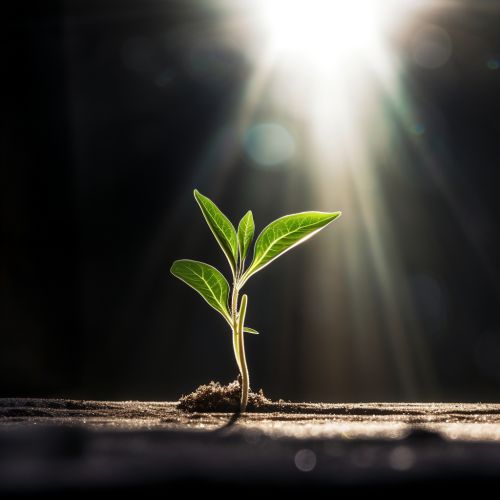
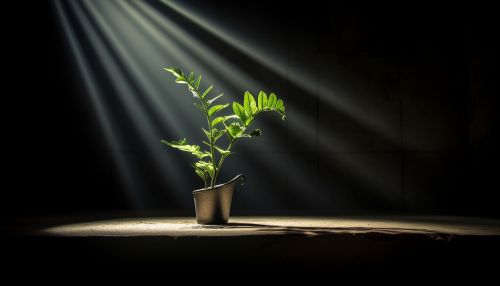
Phototropism
Phototropism is the growth of a plant in response to light. It was first described by Darwin and his son Francis in their 1880 work, "The Power of Movement in Plants". They discovered that the tip of the plant, or the coleoptile, is responsible for sensing light and causing the plant to bend towards it.
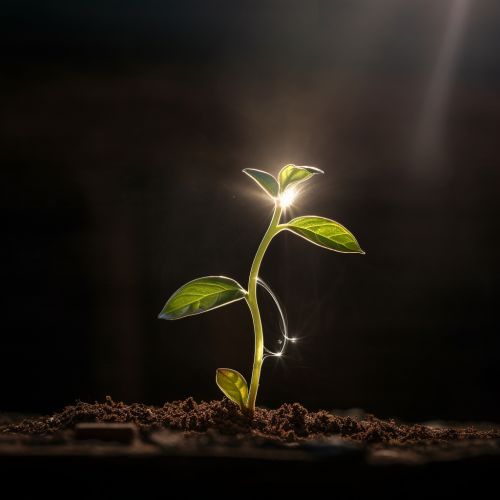
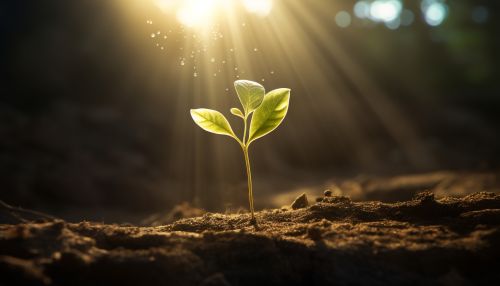
Mechanism of Phototropism
The mechanism of phototropism involves the plant hormone auxin. When light is sensed by the coleoptile, auxin is distributed unevenly, with more auxin on the side of the plant that is away from the light. This causes the cells on that side to elongate more than the cells on the side facing the light, resulting in the plant bending towards the light.
Gravitropism
Gravitropism, or geotropism, is the growth of a plant in response to gravity. This allows roots to grow downwards and stems to grow upwards, regardless of the orientation of the seed when it is planted. Gravitropism is essential for plants to anchor themselves in the ground and to reach towards the sunlight above.
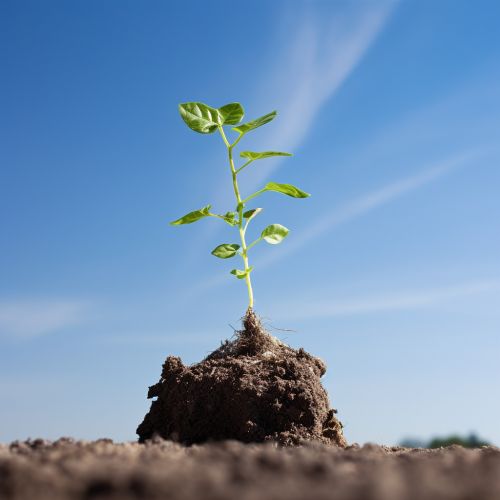

Mechanism of Gravitropism
The mechanism of gravitropism involves specialized cells in the root cap called statocytes. These cells contain dense, starch-filled organelles called amyloplasts that settle to the bottom of the cell in response to gravity. This triggers a signal that leads to the redistribution of auxin, with more auxin on the lower side of the root or stem. This causes the cells on the lower side to elongate more than the cells on the upper side, resulting in the root bending downwards and the stem bending upwards.
Thigmotropism
Thigmotropism is the growth of a plant in response to touch or physical contact. This is often seen in climbing plants, which grow around a support, and in roots, which navigate around rocks in the soil.


Mechanism of Thigmotropism
The mechanism of thigmotropism is less well understood than phototropism and gravitropism, but it is thought to involve changes in turgor pressure and the redistribution of auxin. When a plant comes into contact with a support, cells on the side of the plant that is in contact with the support become less turgid, causing the plant to bend towards the support.
Conclusion
Plant tropisms are crucial for plant survival and reproduction. They allow plants to adapt to their environment and respond to changes in light, gravity, and physical contact. Understanding these mechanisms can help us to manipulate plant growth and improve agricultural practices.


